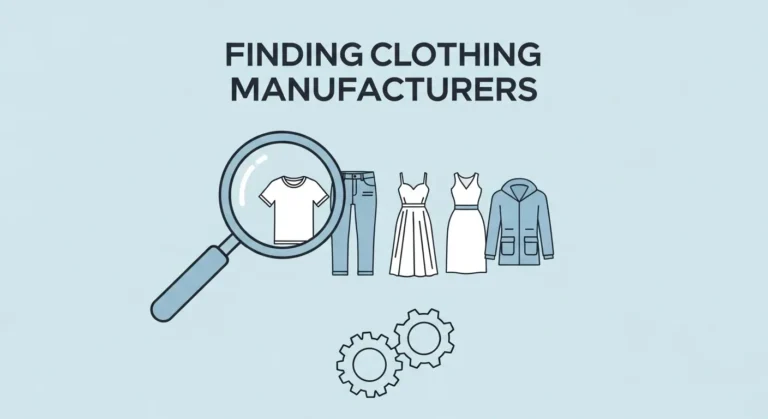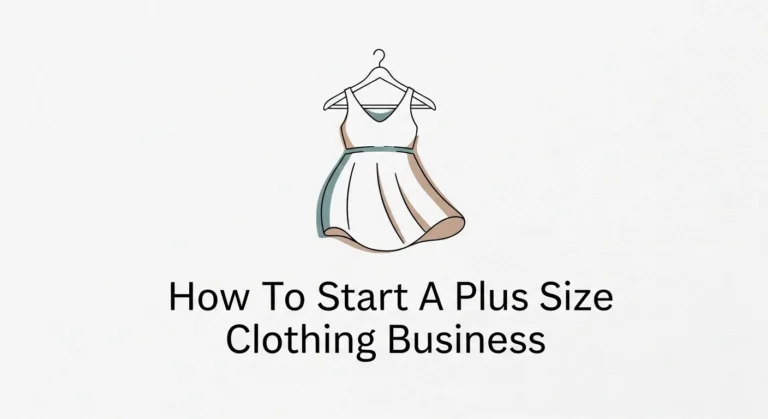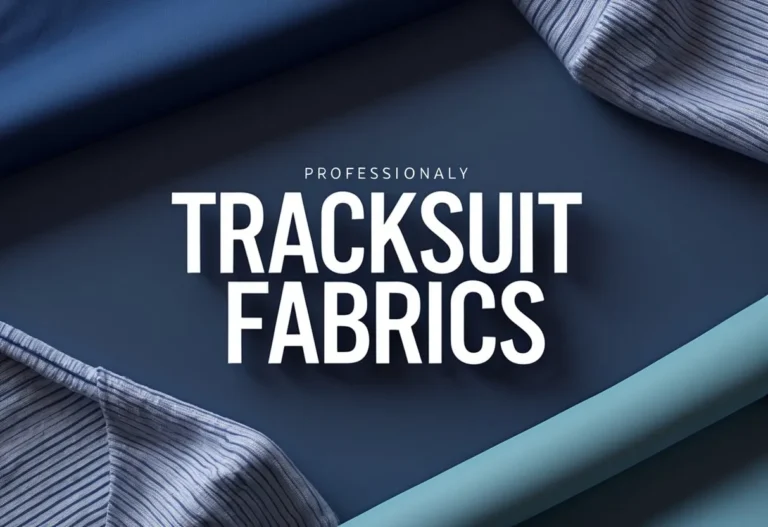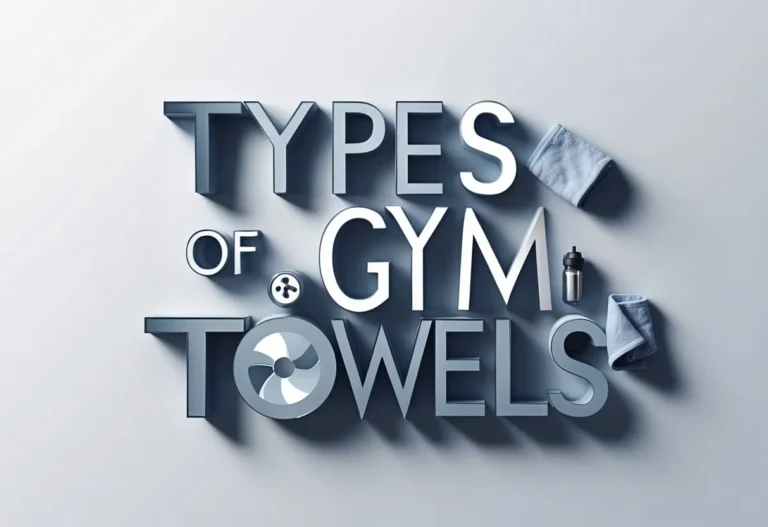10 Types of Sports Bras Explained for Optimal Support and Comfort
Sports bras are a key part of athletic wear for anyone who wants comfort and support during physical activity. They help reduce breast movement and prevent discomfort or injury, making them important for all kinds of workouts.

Different types of sports bras provide varying levels of support and fit, designed to match different activities and body types. Choosing the right one can improve workout performance and comfort. Understanding these options helps people pick the best sports bra for their needs.
1) Compression Sports Bras
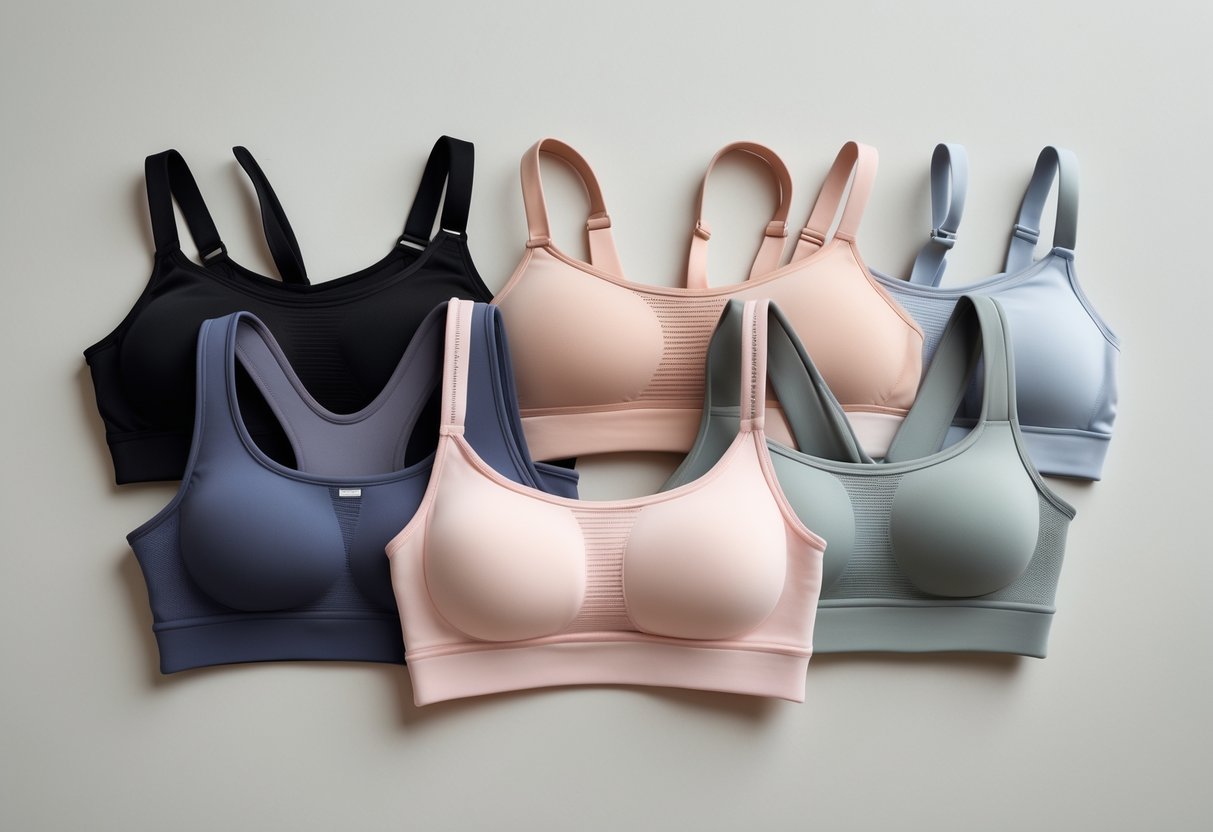
Compression sports bras work by pressing the breasts against the chest. This holds them firmly in place during physical activity.
They are best for low- to medium-impact exercises like yoga or walking. Compression bras are usually made from stretchy materials that fit snugly.
These bras do not have separate cups. Instead, they create one smooth shape, which can be more comfortable for some women.
Compression sports bras are simple and easy to wear. They are often less expensive than other types.
However, they may not provide enough support for high-impact activities, especially for women with larger busts.
They work well for small to medium bust sizes. For intense activities like running, other types may offer better support.
2) Encapsulation Sports Bras
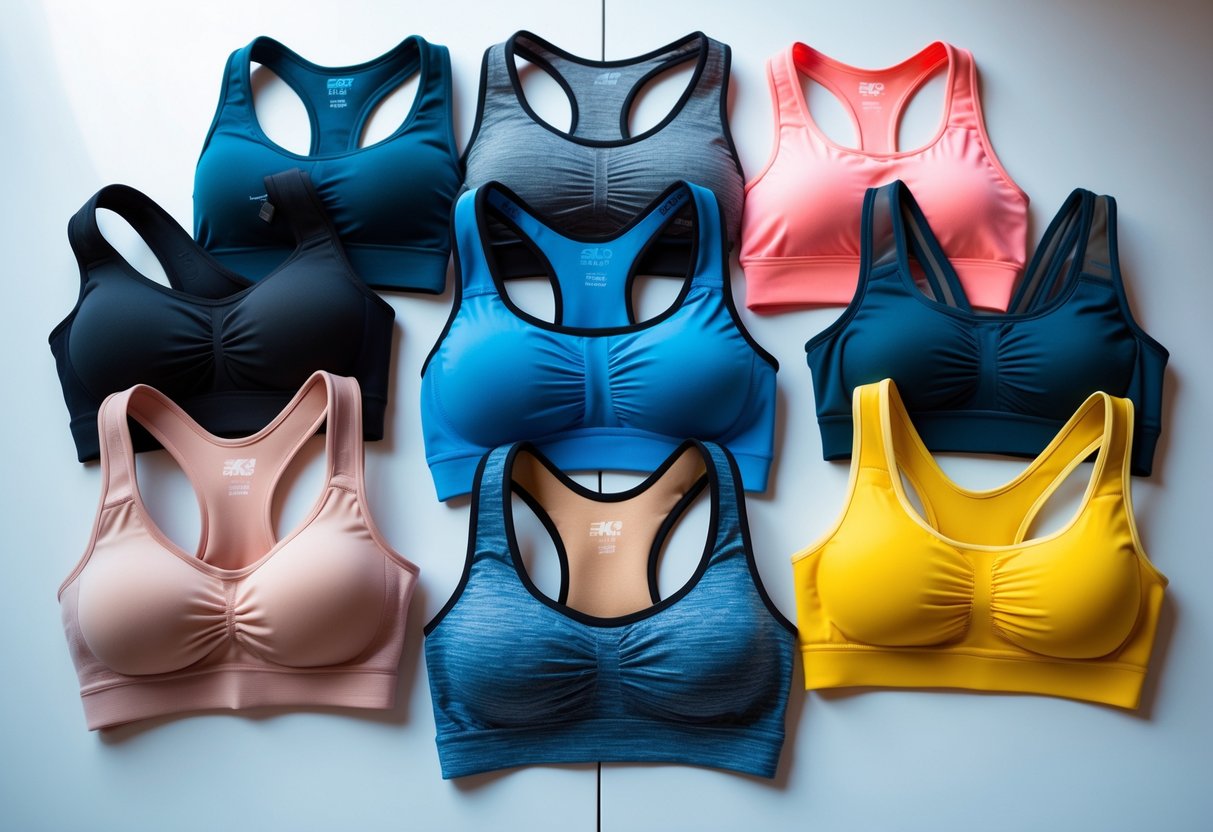
Encapsulation sports bras have separate cups for each breast. This design offers support by holding each breast individually, much like a regular bra. It helps reduce movement during activity.
These bras are ideal for medium- to high-impact exercises. They work well for women with larger busts because they provide better shape and support than compression bras alone.
Encapsulation sports bras often feature adjustable straps and closures. This allows for a more customized fit, improving comfort during workouts.
They are usually made with breathable fabrics to keep the wearer cool. The design also helps prevent chafing and discomfort during long periods of exercise.
For activities like running, hiking, or intense gym sessions, encapsulation bras offer strong support without flattening the chest. They combine function and comfort for better performance.
3) Combination Sports Bras

Combination sports bras blend features of both compression and encapsulation styles. They use separate cups like encapsulation bras but also apply firm pressure to hold the breasts close to the chest. This design offers strong support and reduces movement well.
They are a good choice for women with medium to large busts who need extra stability during high-impact activities. These bras help prevent discomfort by minimizing bounce and also provide shape and separation.
Combination sports bras often have adjustable straps and closures. This allows for a more customized fit compared to simple pullovers. They work well for running, intense workouts, and sports requiring quick, dynamic movements.
Because of their design, combination bras tend to be bulkier than compression or encapsulation bras alone. However, they balance support and comfort for many women. They are ideal when both support and a natural shape are important.
4) High-Impact Sports Bras
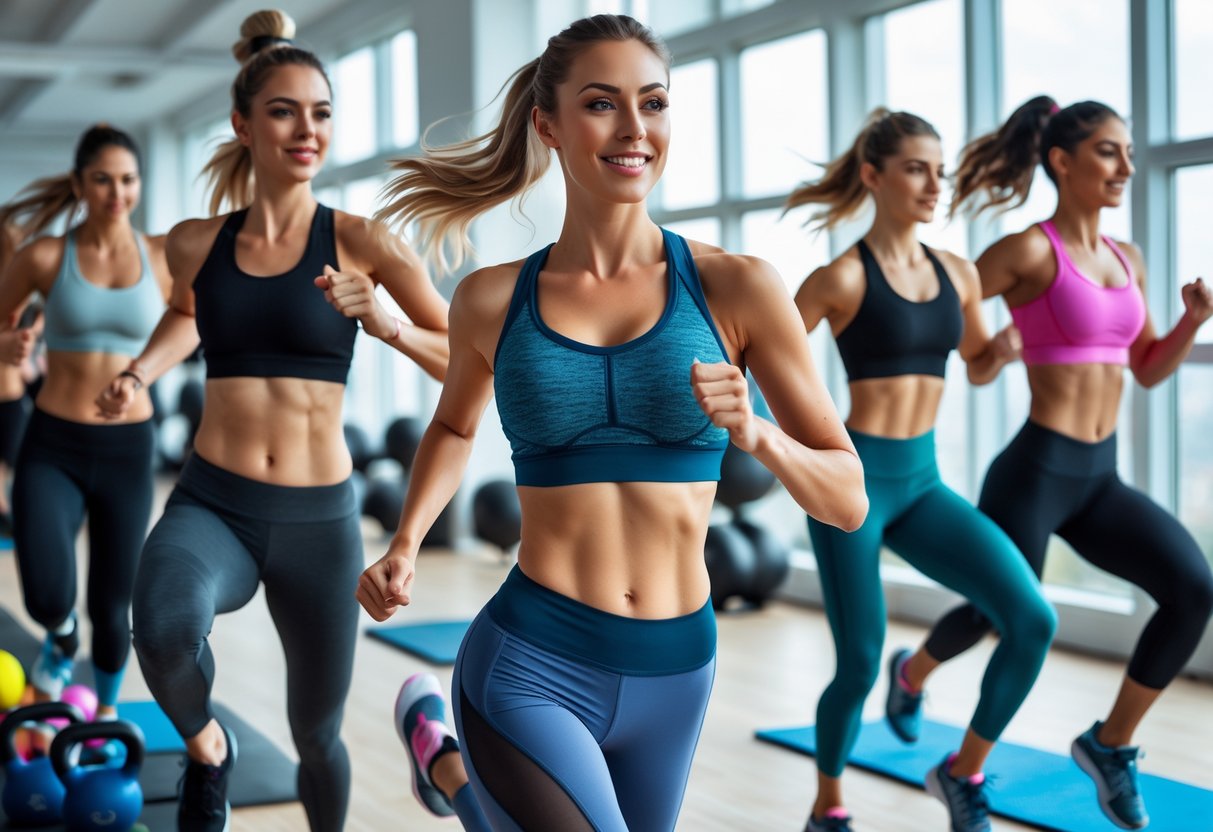
High-impact sports bras are designed for activities with intense movement, like running, HIIT, and kickboxing. They offer strong support to reduce breast movement and prevent discomfort.
These bras often combine compression and encapsulation. Compression bras press the breasts close to the chest. Encapsulation bras have individual cups to support each breast separately. This design works well for women with larger busts.
Adjustability is important in high-impact bras. Straps, bands, and closures can often be changed to fit better and increase comfort during tough workouts.
Materials used are usually moisture-wicking to help keep the skin dry. Breathability and stretch also matter for movement and comfort during long exercise sessions.
Support and fit are critical in choosing a high-impact sports bra. A proper fit helps prevent pain and injury while allowing full movement. Many brands offer options for all cup sizes and body types.
5) Medium-Impact Sports Bras

Medium-impact sports bras offer a balance between support and comfort. They provide more compression than low-impact bras but are not as tight as high-impact options. This makes them suitable for activities like cycling, hiking, and dance.
They help reduce movement without restricting motion. Many medium-impact bras use designs like racerbacks to spread weight across the shoulders, easing strain during exercise.
These bras work well for workouts that involve moderate intensity but not extreme jumping or running. They often combine stretch with enough structure to keep the breasts secure.
Medium-impact bras come in various styles, including pullover and adjustable strap options. This variety allows users to choose a fit that matches their activity and comfort needs.
Overall, medium-impact sports bras serve those who need steady support without the full compression required for high-impact sports.
6) Low-Impact Sports Bras
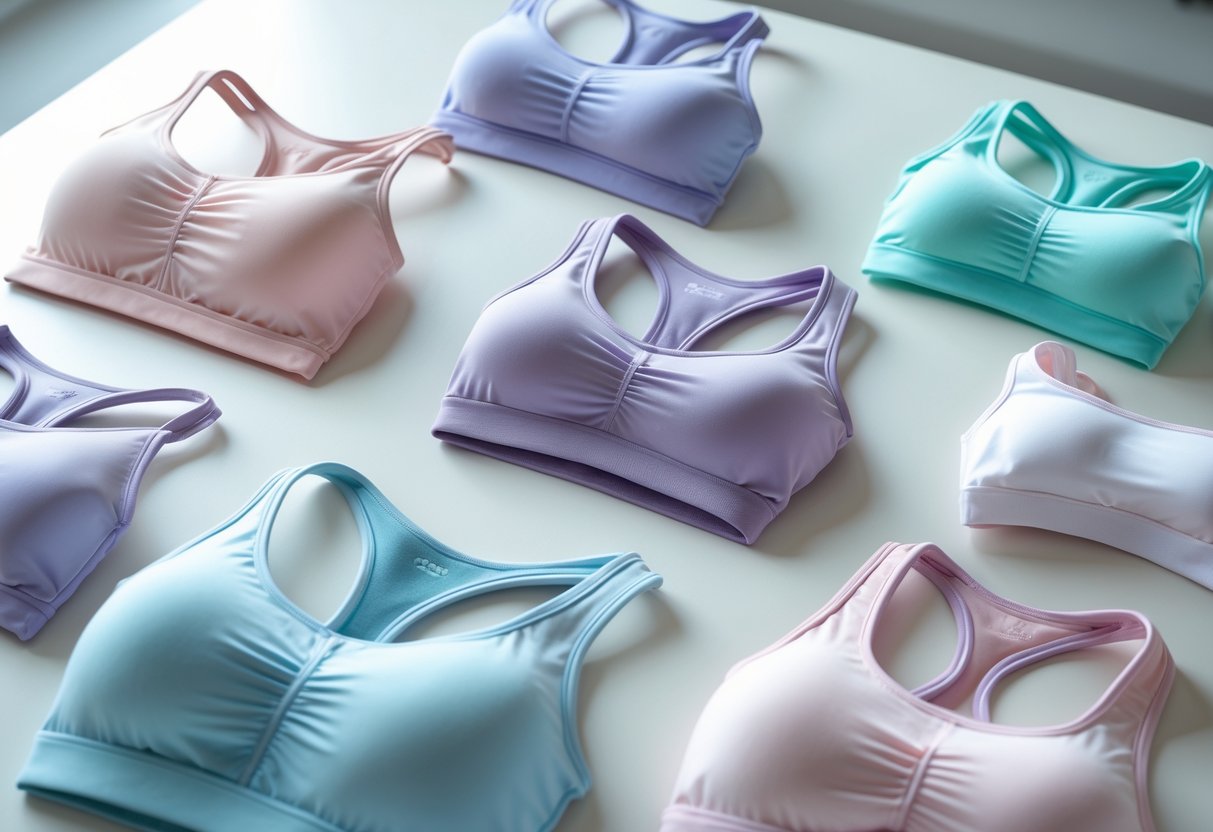
Low-impact sports bras are designed for activities that involve little movement. They offer light support suitable for exercises like yoga, walking, or stretching.
These bras focus on comfort over high support. Many low-impact sports bras are seamless to reduce chafing and provide a smooth fit.
They help prevent discomfort and fatigue but are not made for intense workouts. Choosing the right low-impact bra can improve performance in gentle exercises without restricting movement.
Materials used are often soft and breathable, making these bras ideal for casual wear or low-intensity activities. They help keep the wearer comfortable while offering basic support.
Low-impact sports bras are a good choice when minimal bounce control is needed. They are simple and lightweight, prioritizing ease over heavy reinforcement.
7) Racerback Sports Bras
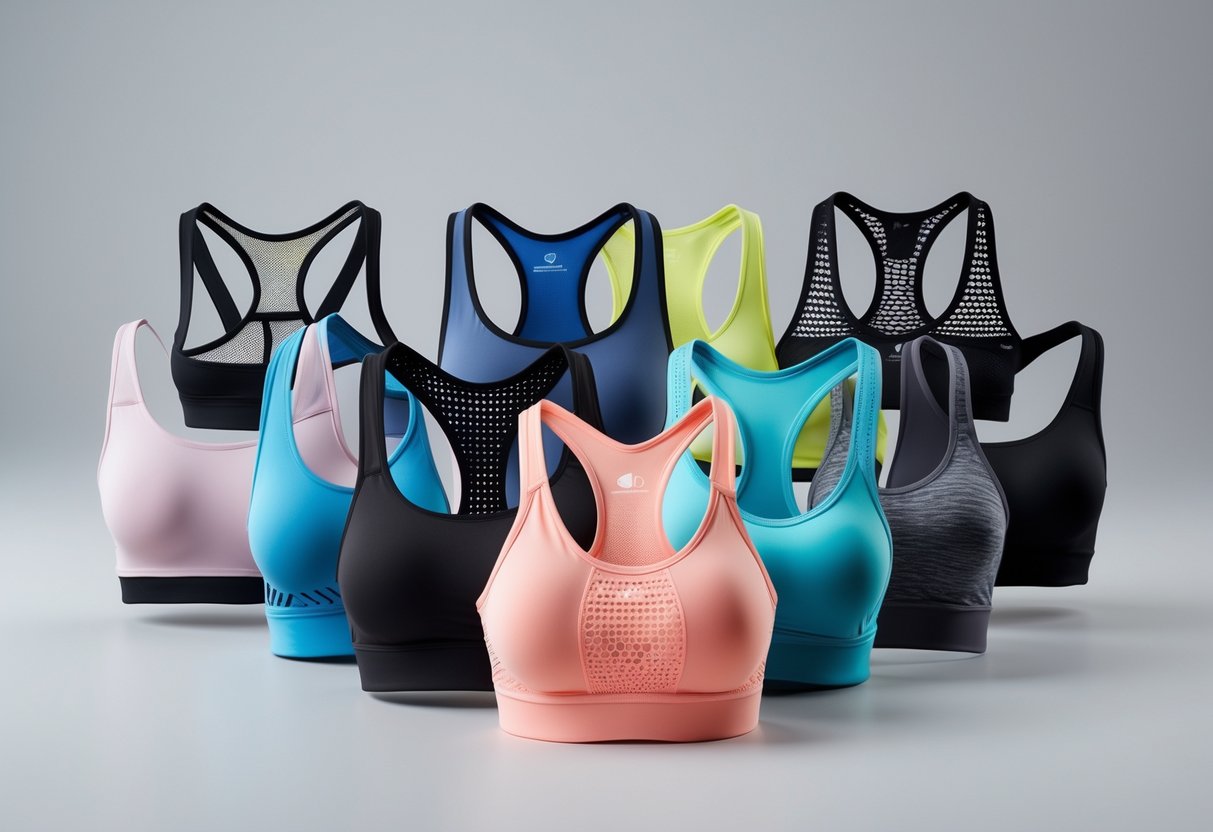
Racerback sports bras have straps that join between the shoulder blades, forming a Y or T shape. This design gives good support while allowing a full range of arm movement. It is well-suited for activities like swimming, tennis, and weightlifting.
There are two main types of racerback bras. Center-back racerbacks have a single strap connected in the middle of the back. They offer a smooth fit and are good for low-impact activities such as yoga or Pilates.
Racerback bras help keep straps hidden under sleeveless or cut-away tops. This makes them practical for both sports and everyday wear. They are especially popular with people who need extra support.
The design offers firm support for medium- to high-impact activities. It helps reduce bounce and keeps the bra in place during physical movement. Adjustable straps on some racerback bras allow customization for a better fit.
8) Front-Zip Sports Bras
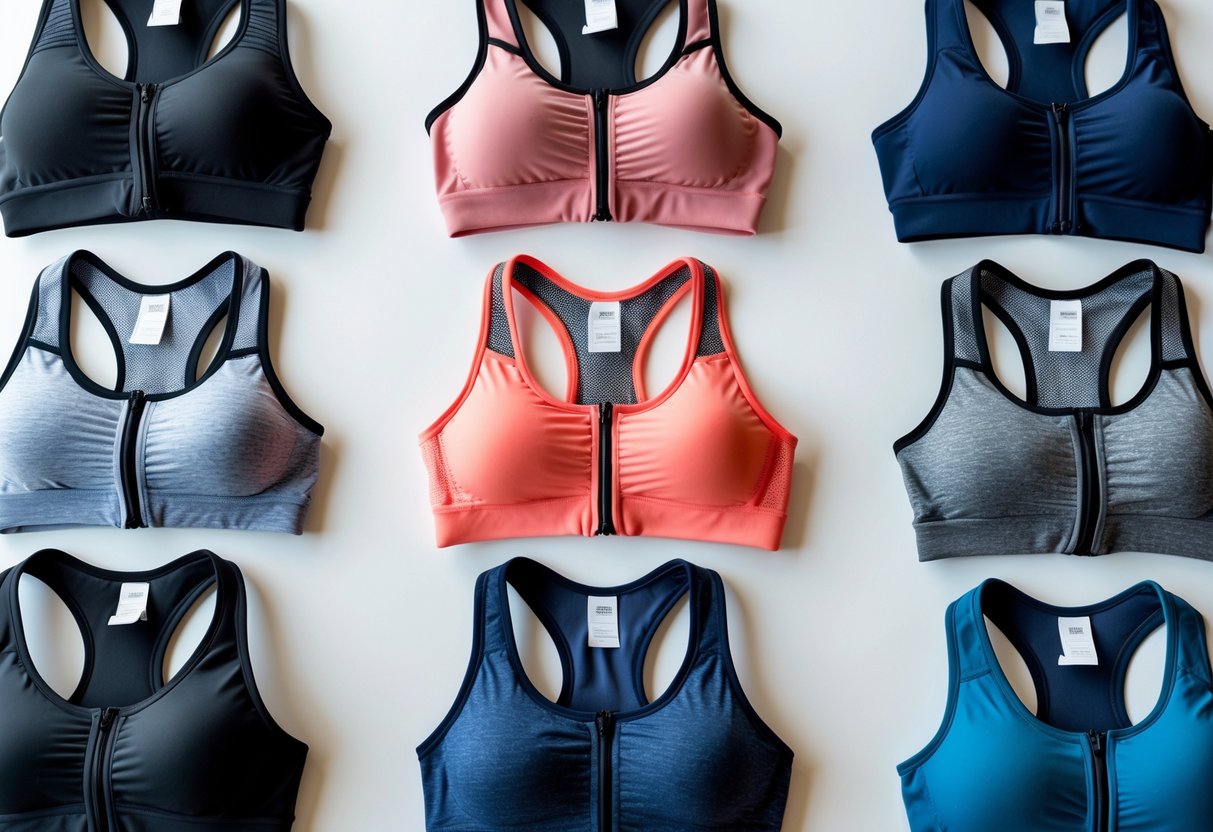
Front-zip sports bras have a zipper in the front, making them easy to put on and take off. This design is helpful for people with limited shoulder movement or those recovering from surgery.
They often provide good support, which is important during exercise. Some models are strong enough for high-impact activities, while others focus more on comfort.
These bras also offer convenience for quick changes after workouts. Many users find them easier to adjust than traditional pull-over or back-closure styles.
Front-zip bras come in different levels of support and styles. They can suit various needs, from low to high impact, depending on the design and material.
Because of their zipper, these bras tend to be more adjustable. This can help achieve a better fit and reduce discomfort during physical activity.
9) Wire-Free Sports Bras
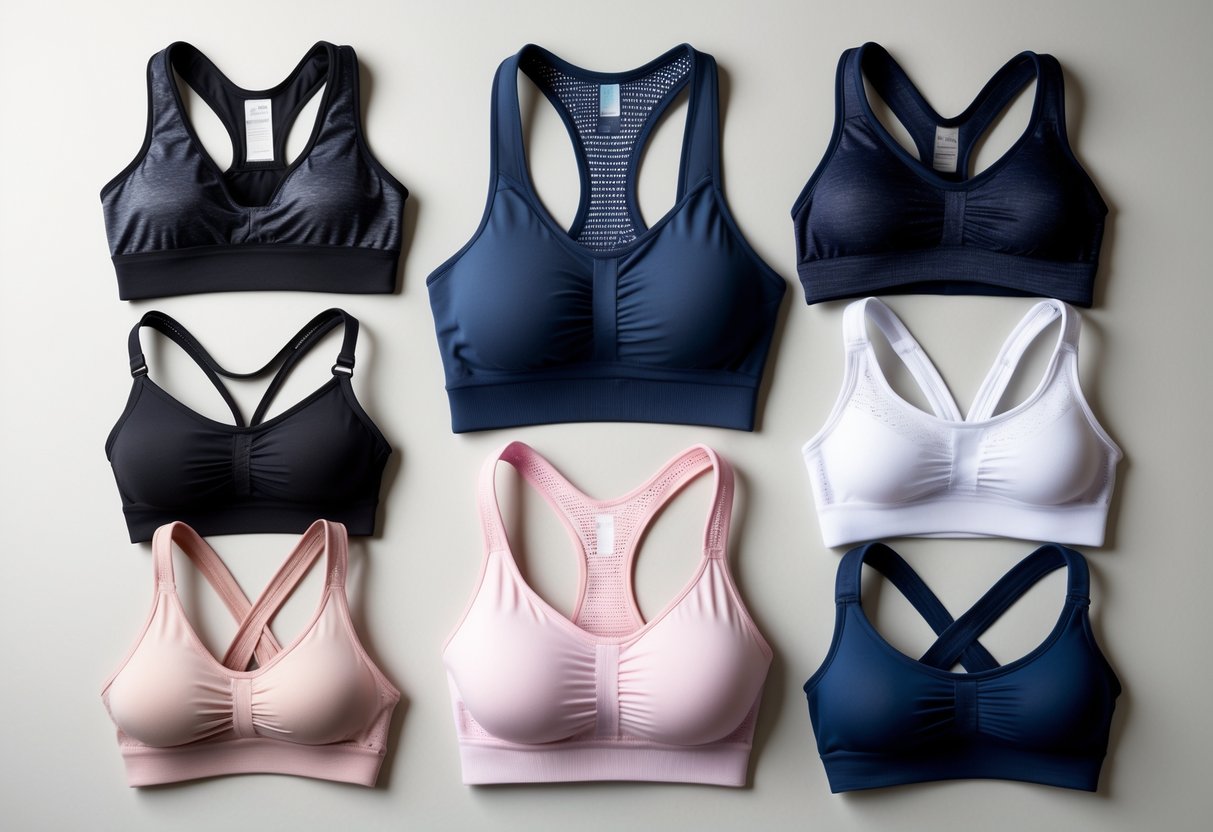
Wire-free sports bras provide support without the use of underwires. They are designed to offer comfort and freedom of movement during various activities. Many include wide straps and padded cups to enhance support naturally.
These bras are often made with moisture-wicking fabrics to keep the wearer dry and comfortable. They work well for low to medium impact exercises like yoga, walking, and strength training.
Wire-free sports bras also suit a wide range of body types and breast sizes. They help reduce pressure and do not cause the pinching or digging that some underwires create. This makes them a popular choice for daily wear.
Many options include features like zip-front closures for easy on and off. Their design focuses on maintaining shape while allowing a natural feel. This balance of comfort and support makes wire-free sports bras a practical option for many athletes.
10) Padded Sports Bras
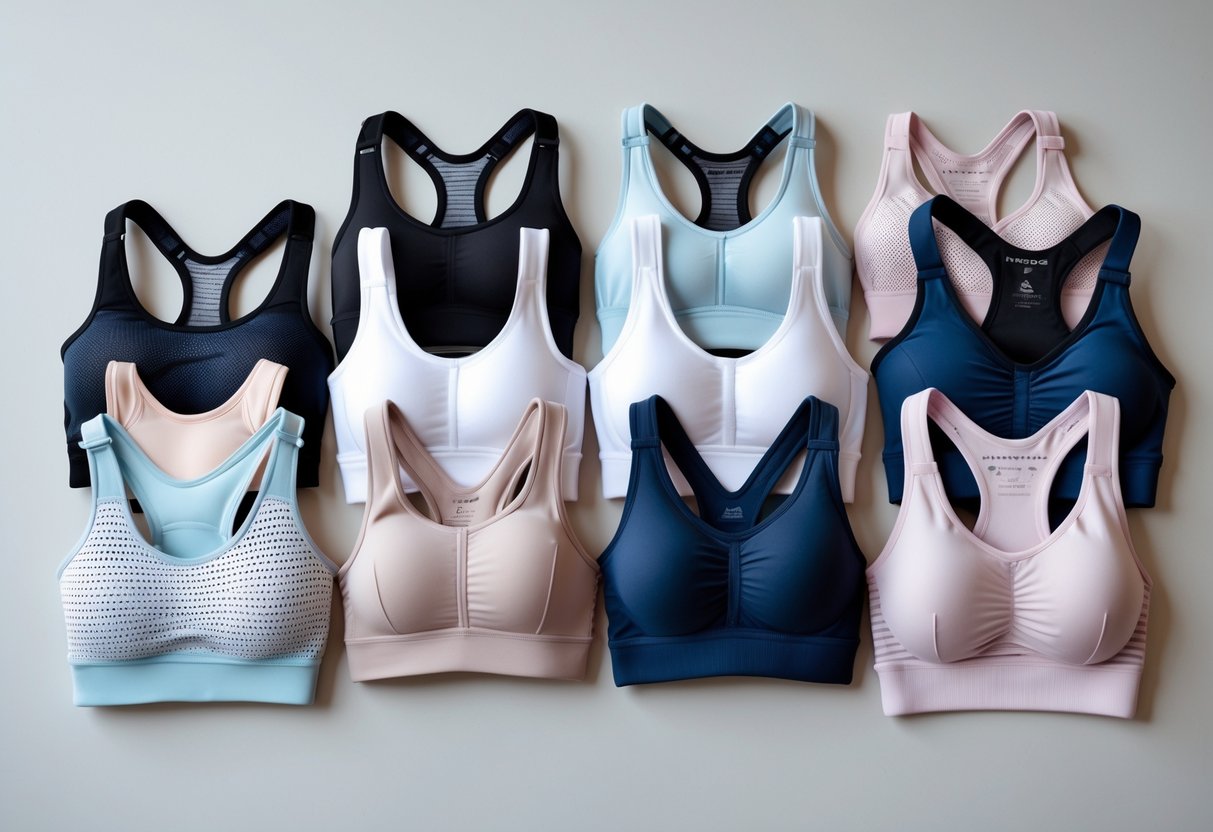
Padded sports bras have an extra layer of padding for added coverage and shape. They help smooth the bust and provide modesty during movement.
These bras suit people who want a bit more protection or prefer a rounder look. They come in many sizes, from small to plus sizes, including traditional bra cup sizes.
Padded sports bras can be made with compression or encapsulation styles, depending on the support needed. Compression padded bras press the bust against the chest for stability. Encapsulation padded bras have separate cups to hold each breast.
They work well for medium to high-impact activities. The padding also helps protect sensitive areas during workouts.
Many athletes and fitness enthusiasts choose padded sports bras for comfort and confidence. They offer practical benefits while fitting a range of body shapes and preferences.
Key Features Differentiating Sports Bras
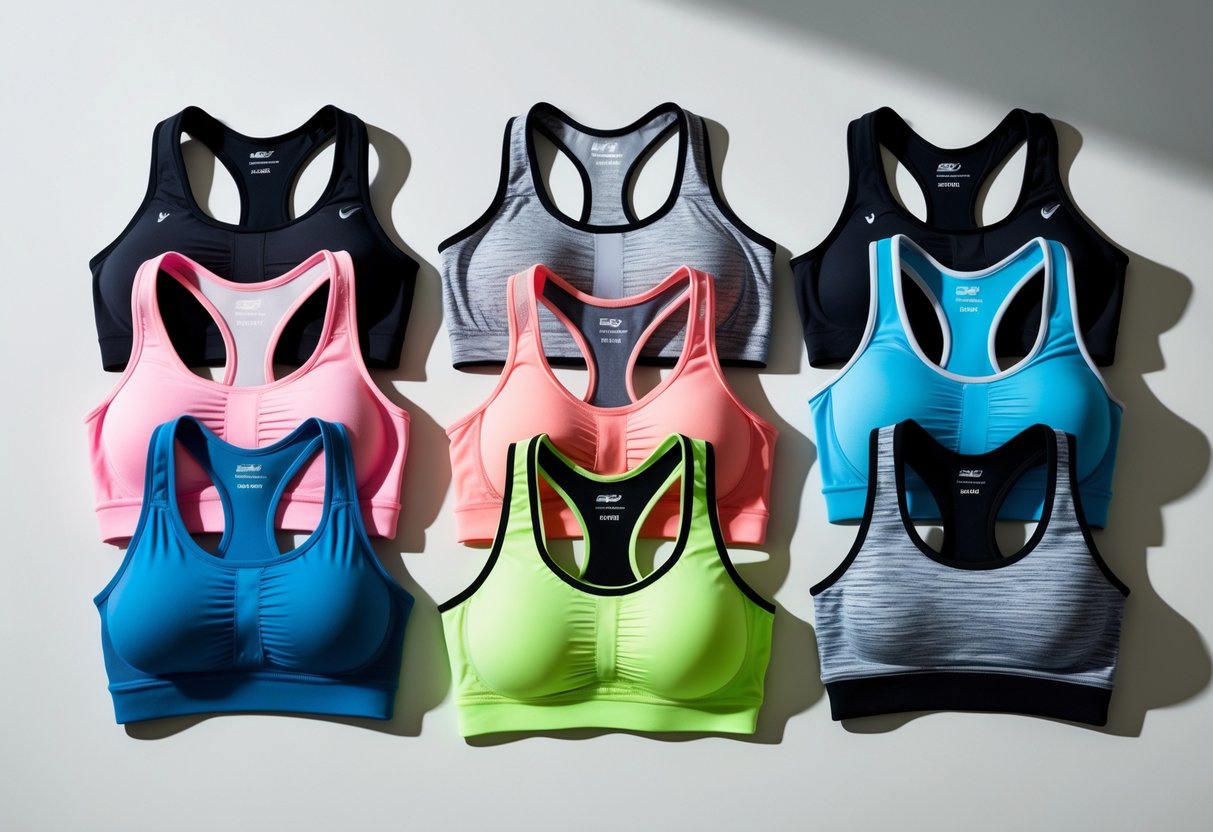
Sports bras vary mainly in how much support they offer, the fabrics they use, and the design of their straps. Each of these factors affects comfort, fit, and performance during different activities.
Support Levels Explained
Support levels in sports bras are usually classified as low, medium, or high. Low-support bras work well for activities like yoga or walking because they allow more freedom of movement but less control. Medium-support bras suit moderate-impact exercises such as cycling or hiking. High-support bras are designed for intense activities like running or HIIT workouts, offering maximum stability and reducing breast movement.
Three main types of sports bras—compression, encapsulation, and combination—also relate to support. Compression bras press the breasts against the chest to limit movement. Encapsulation bras have separate cups to support each breast individually. Combination bras use both methods for added support.
Material and Fabric Technologies
Sports bras use fabrics that help with moisture control, breathability, and stretch. Common materials include polyester blends, nylon, and spandex. These fabrics wick sweat away from the skin, keeping the wearer dry during workouts.
Some sports bras feature mesh panels or ventilation zones to increase airflow. Seamless or flatlock stitching reduces chafing and skin irritation. Durable, stretchy materials maintain their shape after multiple washes, ensuring continued support and comfort over time.
Impact of Strap Designs
Strap design plays a key role in how a sports bra fits and supports the wearer. Wide straps distribute weight better, reducing shoulder pressure and improving comfort during long or high-impact activities. Thin straps are often found in low-support bras but can dig into the skin if the bra is worn during intense exercise.
Adjustable straps allow for a customized fit, which helps accommodate different body shapes. Racerback designs improve support by pulling the straps toward the center of the back, which also increases the range of arm movement. Cross-back and traditional straight straps are common choices based on activity and personal preference.
How to Choose the Right Sports Bra
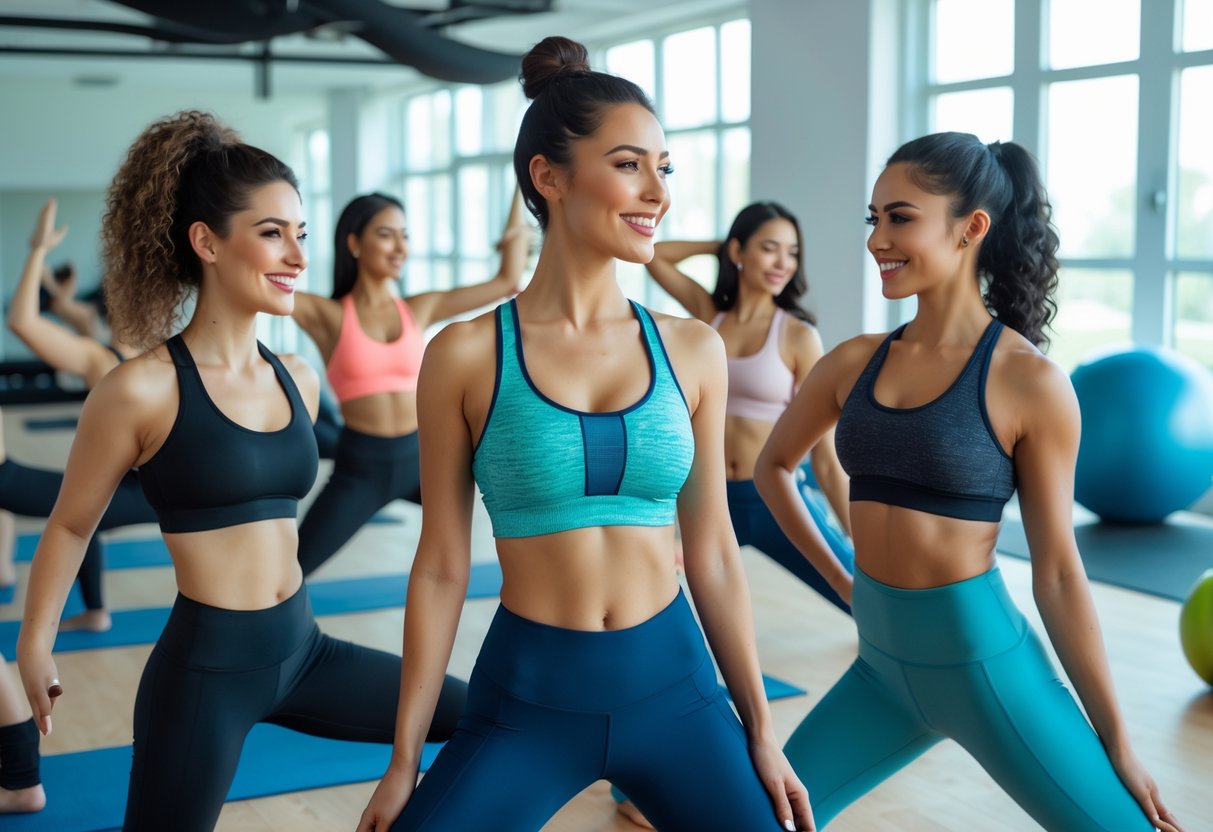
Choosing the right sports bra means matching support to activity and ensuring the bra fits well. Both the type of workout and the bra’s fit affect comfort and protection.
Assessing Activity Type
The level of impact in an activity guides the type of sports bra needed. For high-impact sports such as running, HIIT, or jumping, a high-support bra is best. These bras often use encapsulation or combination styles to reduce bounce.
For medium-impact activities like cycling or weightlifting, a bra offering moderate support and comfort works. Compression bras or combination bras are common choices here.
For low-impact activities such as yoga or walking, a low-support bra focusing on comfort and light compression is sufficient. These bras tend to be softer and more flexible, allowing a full range of motion.
Finding Your Perfect Fit
Proper fit is crucial for support and comfort. Start by measuring your band and cup size accurately, as sizing varies between brands. Trying on multiple bras is important because sizes are not standardized.
Look for these fit signs:
- The band feels snug but not too tight.
- Straps don’t dig into shoulders.
- Cups fully cover the breasts without spilling.
- No gaps or excessive movement during activity.
Adjustable straps, wide bands, and breathable materials improve fit and comfort. A well-fitting sports bra reduces strain and protects the breast tissue during exercise.
Frequently Asked Questions
Sports bras come in different types and designs to meet various support needs and activities. Knowing how they fit, perform, and last can help choose the right one.
What are the key differences between compression and encapsulation sports bras?
Compression sports bras press the breasts against the chest to reduce movement. Encapsulation bras have individual cups that support each breast separately. Compression works well for smaller busts or low-impact activities, while encapsulation suits larger busts and higher-impact workouts.
How should a sports bra fit for optimal support and comfort?
A sports bra should fit snugly but not be too tight. The band around the rib cage must stay in place without digging into the skin. Straps should be secure, and breasts should feel fully supported without spilling or gaps.
Can wearing a sports bra impact performance during physical activities?
Yes, a good sports bra helps reduce breast movement and discomfort. This can improve focus and comfort during exercise. Poor support can cause pain and distractions, affecting overall performance.
What features should I look for in a sports bra for high-impact exercises?
Look for strong support like wide bands and thick straps. Encapsulation or combination bras provide better hold for intense activities. Moisture-wicking fabric and adjustable straps add comfort and fit.
How do I properly care for and maintain my sports bras?
Hand washing or using a gentle cycle helps keep the fabric and elasticity strong. Avoid high heat when drying to prevent damage. Rotate several bras to extend their lifespan and maintain support.
Are there specific sports bras designed for women with larger bust sizes?
Yes, many encapsulation and combination bras are designed with larger cups and extra support features. They often have wider bands, reinforced straps, and full coverage to help reduce movement and increase comfort.



